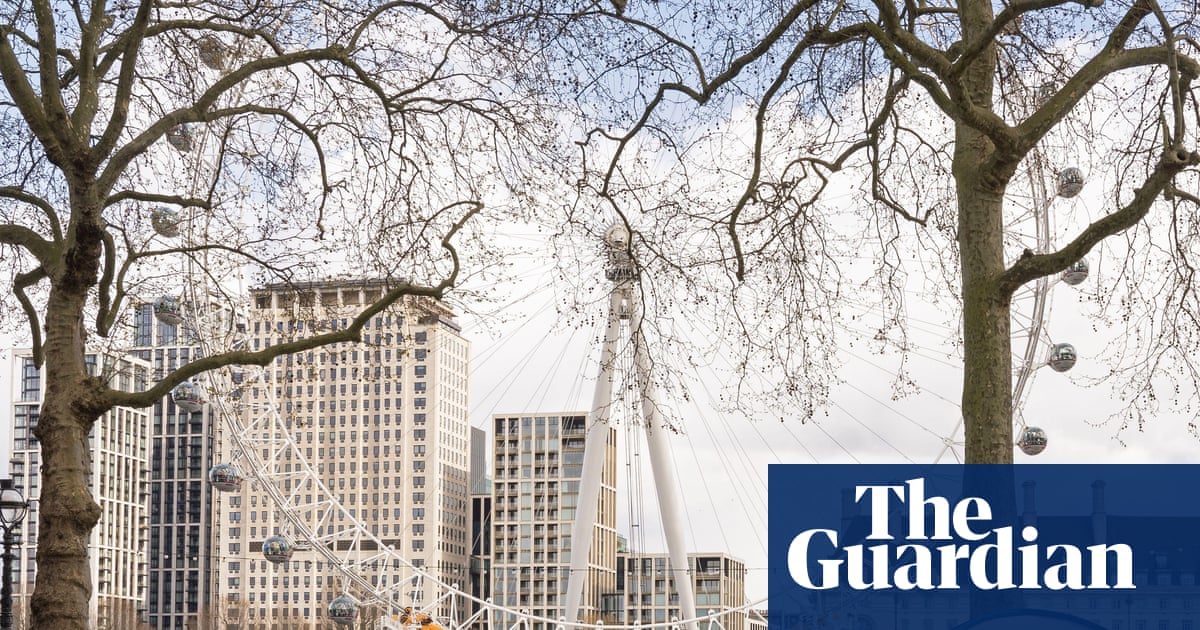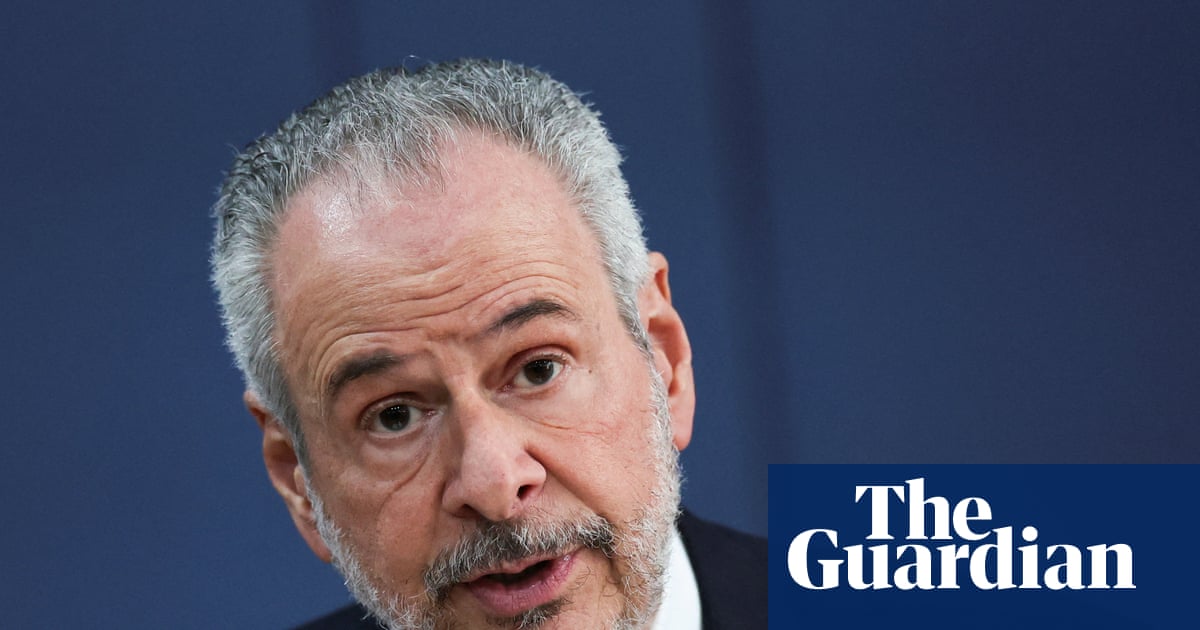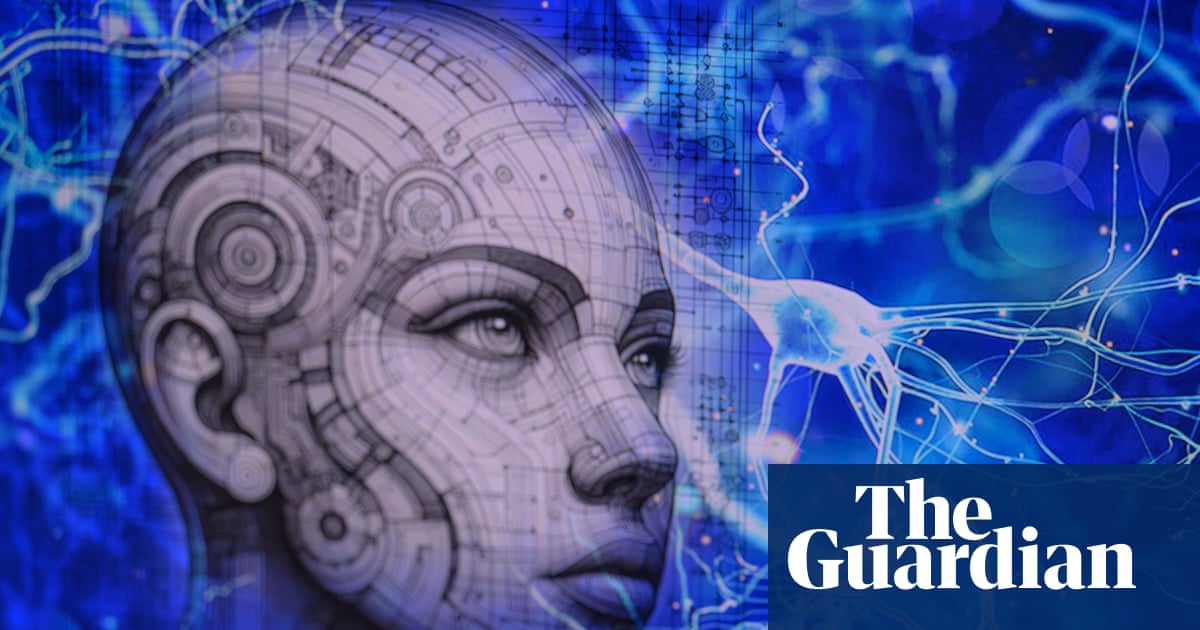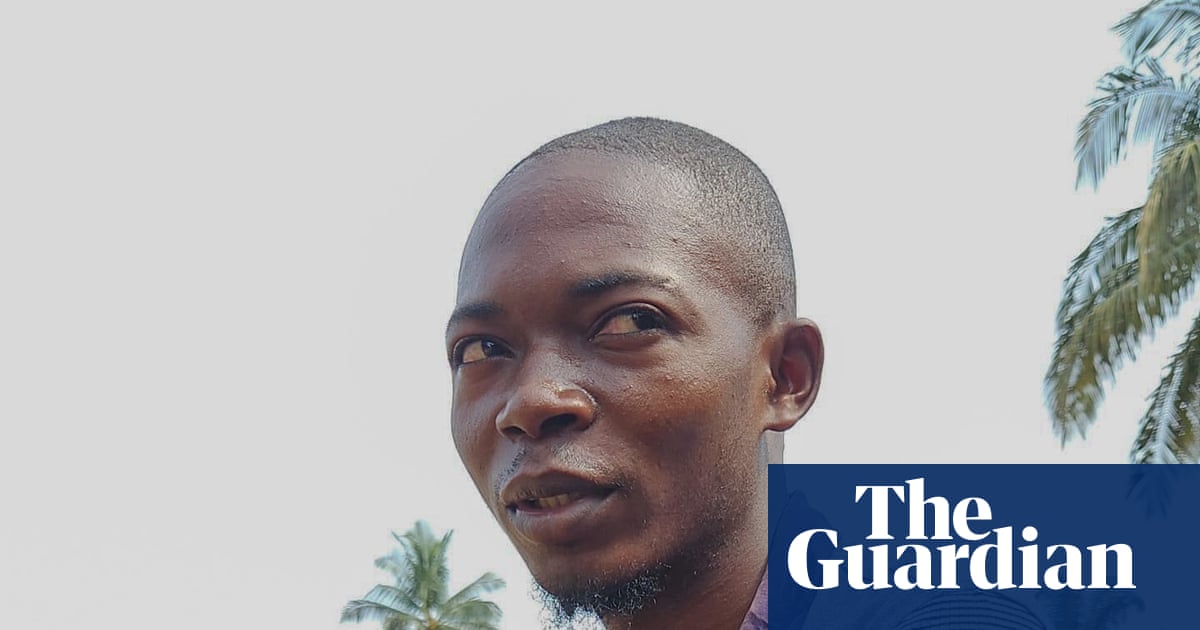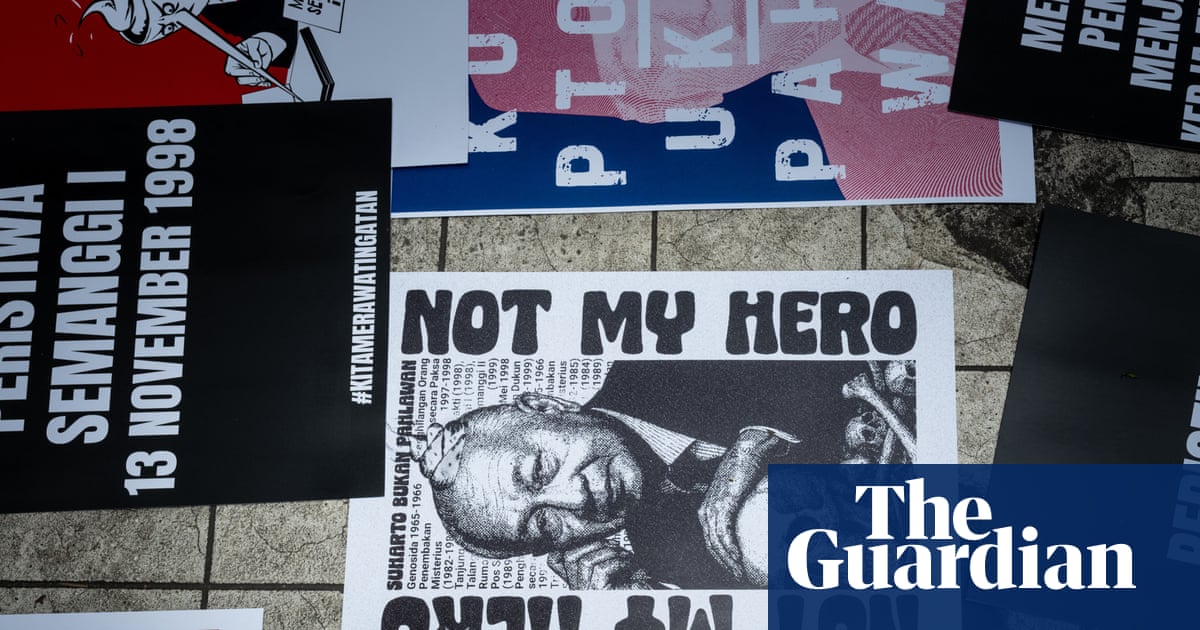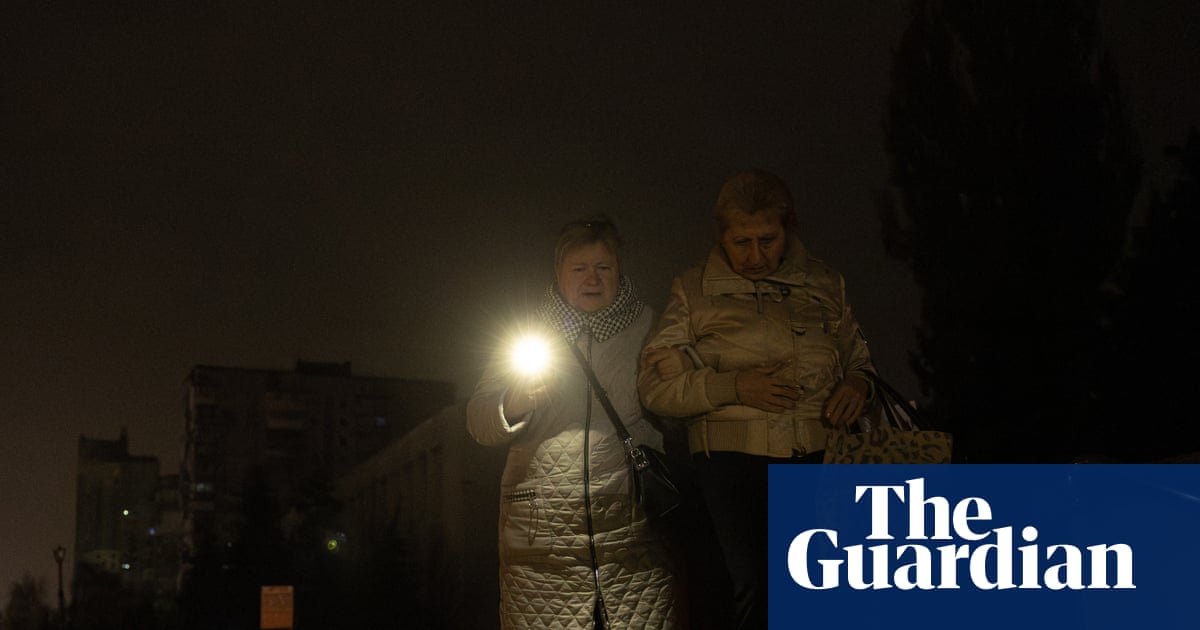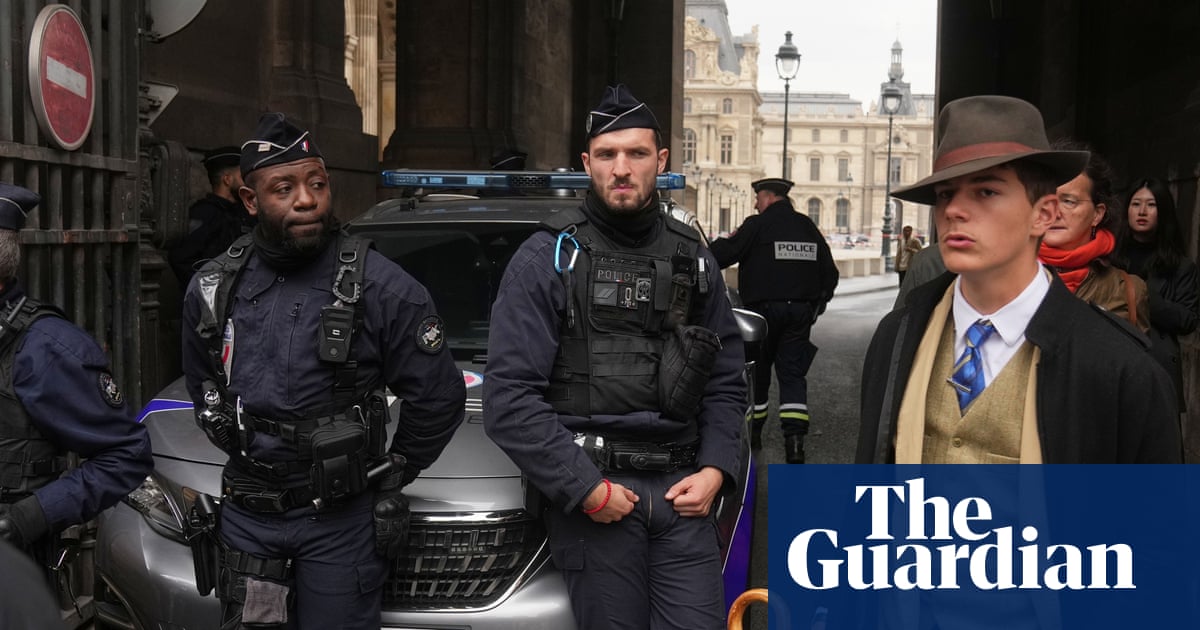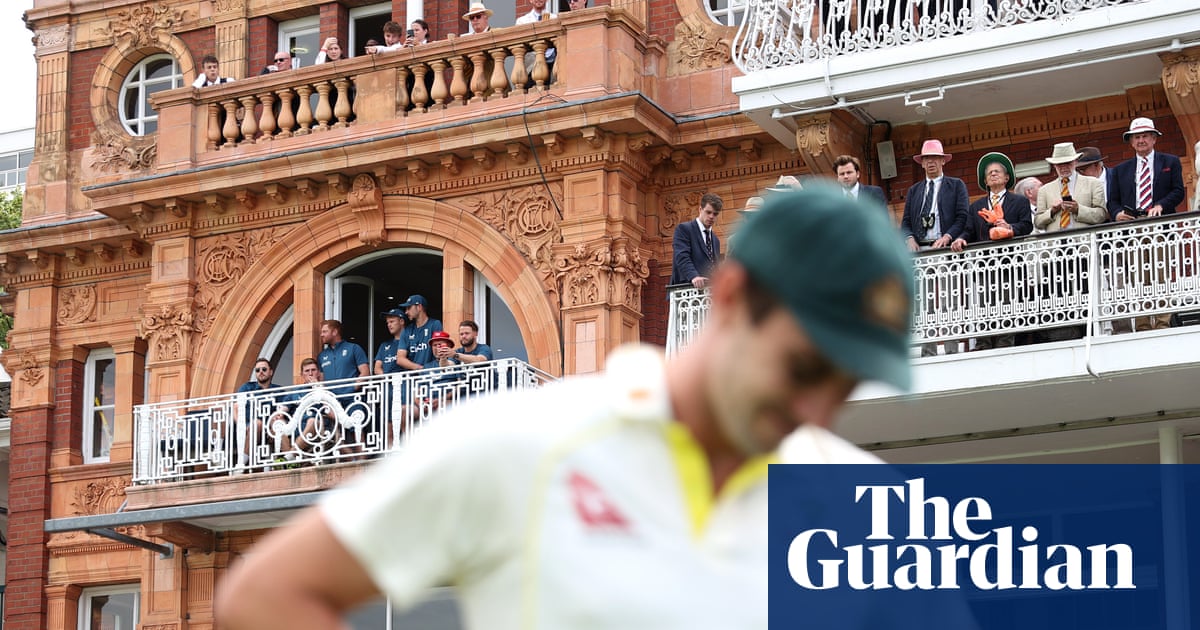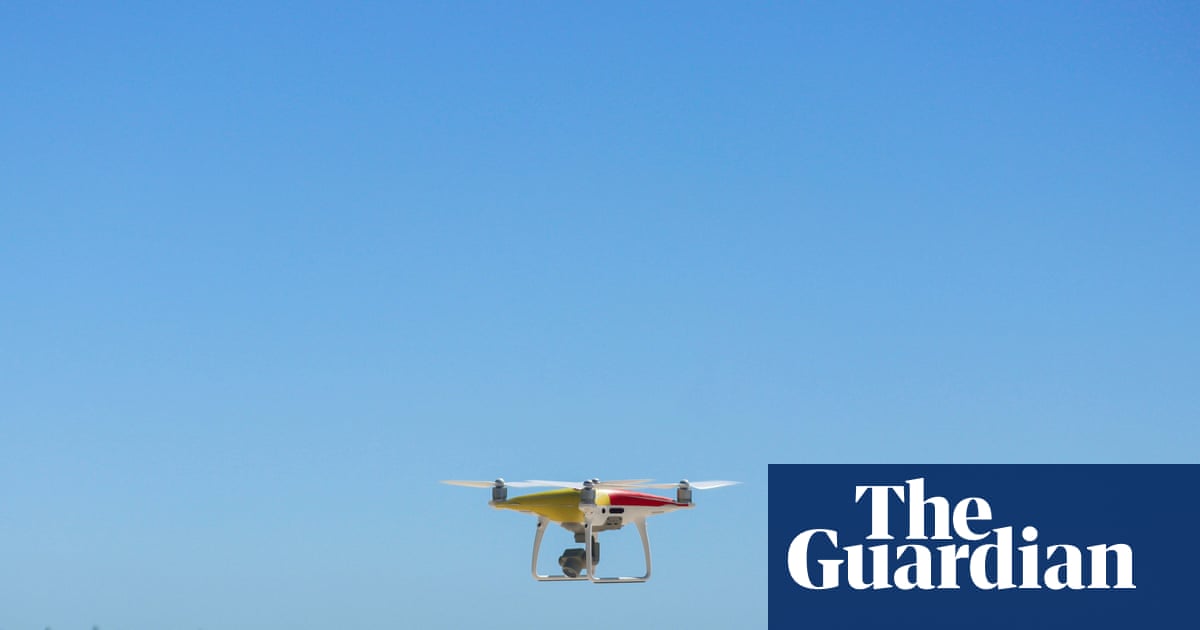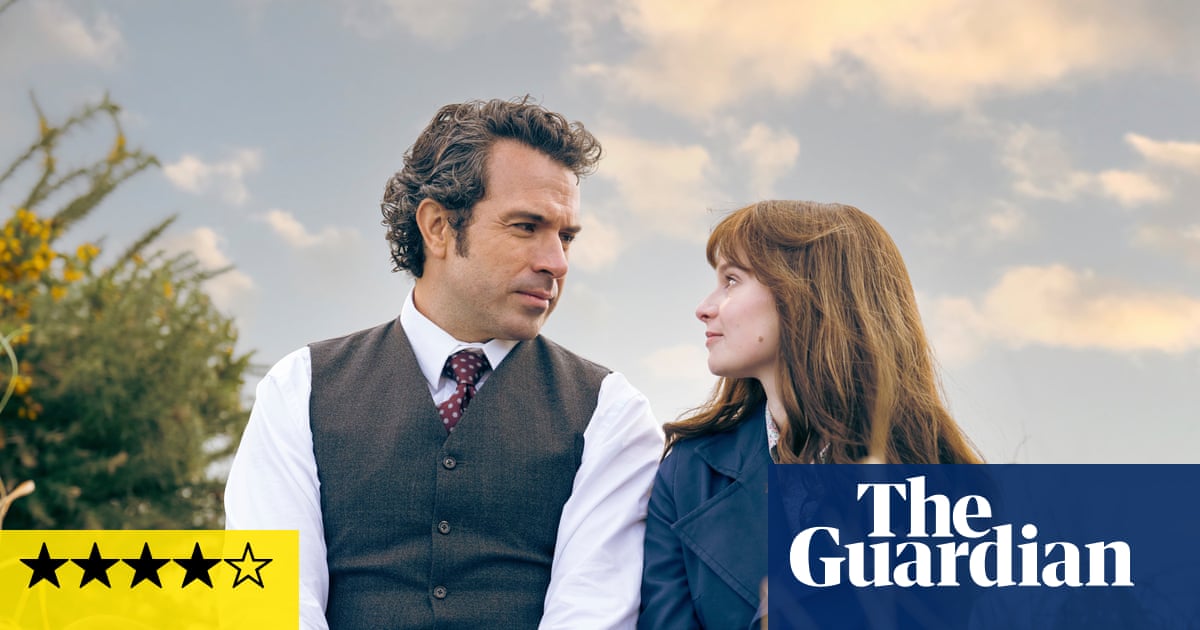Marc Brew was sitting in the back seat of a car on a motorway near Johannesburg, telling jokes and laughing with his friends, when a pickup came hurtling down the wrong side of the road towards them. “Out of nowhere, I just remember seeing this white flash,” says Brew, who was 20 at the time. The truck, which he later found out had a drunk driver at the wheel, drove straight into the car he was in. The crash killed everyone else in the vehicle.
Nine months previously, Brew had moved from Australia to South Africa to join the Pact ballet company, based in Pretoria. That Saturday, he had attended his usual morning dance classes, before he and his friend Joanne, another member of the company, set off with her brother, Simon, and Simon’s fiancee’s brother, Toby, towards a game reserve where they had planned to go bush walking. When the truck hit, “it was like time froze”, Brew, now 48, recalls. “I remember my ears were ringing really loud, like I’d been at a concert.”
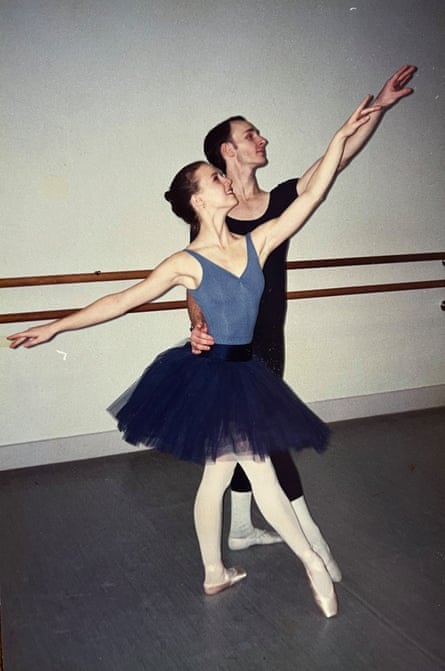
Joanne had fallen off the seat next to Brew’s and was at his feet. In the front of the car, Brew remembers seeing Simon slumped over the steering wheel and Toby, who was only 16, on the dashboard. “I was trying to yell out to them, but I didn’t know if I was being verbal. I just couldn’t move. And I remember my neck was hurting,” he says. “Then I must have lost consciousness.”
When Brew came round, he could feel a pain in his neck and gravel digging in to the back of his head – he had been moved to the side of the road. “Well, I’m alive,” he thought, when he heard people talking. It was a hot day, and he could make out shadows, as people moved around him, and heard someone say: “You’ll be OK.”
“Don’t worry about me – I’m fine,” he replied. “Just look after Joanne, Simon and Toby.” He still had the image in his head of them inside the car.
He was bundled into an ambulance, then a helicopter, with just one thought racing through his mind before he lost consciousness again: “I’ve got to tell my mum.” Brew grew up in a single-parent family, living with his mother in a two-bedroom flat in Jerilderie, a small rural town in New South Wales. She had always been his biggest supporter. She sent him to his first dance class when he was a small child, and, after he was offered a scholarship to a dance boarding school in Melbourne, aged 10, she regularly drove the eight-hour round trip to visit him.
The next thing he remembers, she was there. Brew had been in hospital for two weeks by the time his mother and aunt arrived from Australia – his mother had to get an emergency passport and borrow money for the flight, as well as organise childcare for Brew’s two half-siblings – but he doesn’t remember anything from that period. He found out later that he had been bleeding internally because of the impact of the seatbelt during the crash (“but the seatbelt also did save my life”) so the doctors, he says, “shoved me with ice packs” to try to stop the bleeding. That worked, and surgeons were able to operate on the organs that had been damaged. “My plumbing got reorganised a little bit,” Brew says. “Once I was stable from all those internal injuries, they then noticed my legs weren’t moving any more.”
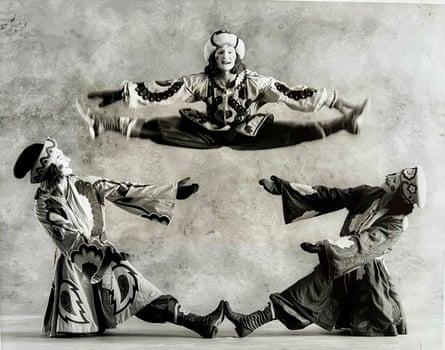
Though hospital records showed Brew had been able to move his limbs when he was first admitted, he can only remember waking up in a body he could barely move. Initially, it wasn’t just his legs he couldn’t feel – he couldn’t speak or use his arms either, abilities that gradually came back to him. “I remember seeing my body and I didn’t recognise it,” he says. “My feet were swollen, they just weren’t moving, nothing was moving. So it felt totally foreign.” Being a dancer, he was used to feeling in tune with his body. “And now that was all cut off.”
He was sent for a CT scan, which found that his spinal cord had been injured at the neck, leaving him paralysed from the chest down. While he was in the scanner, he suffered a cardiac arrest, waking up to someone resuscitating him. This was one of several times Brew felt close to death during his time in hospital: “I remember having lots of feelings and sensations like I was sinking in my bed and falling away to black,” he says. “I really had to keep on fighting hard, almost like coming out of water, trying to get up to breathe, to survive.”
For a few weeks, he chose not to think about the possibility that his sensation might never return. “I was in denial completely,” he says. As a dancer, he was used to dealing with injuries and going through rehabilitation. “It’s fine,” he remembers thinking. He was keen to get back to Australia, where he believed he would “just go to rehab and do exercises and work hard”.
It wasn’t until “this horrible moment” when a doctor informed him he was paralysed that he was forced to come to terms with what his future might look like. “It was like a movie, really, where the doctor comes in and then tells you, ‘Sorry, Mr Brew, but you’re never going to walk again’,” he says.

“That can’t be happening to me,” was his first thought. “I’m Marc. I’m a dancer … I can’t not walk again.”
It was at around the same time – about a month into his hospital stay – that Brew found out his friends had died. He “sort of knew” that Simon and Toby were dead, he says, having seen their faces in the car. But Joanne’s face had been covered by her hair. “I don’t know why, but I thought that Joanne was going to be OK,” he says – until her best friend came to visit him and told him she hadn’t made it. At the time, he was communicating via an alphabet board, using blinks to spell out words, letter by letter. When he asked where Joanne was, her friend pointed upwards. He thought she must be in the ward above him. “Then she said to me: ‘Joanne’s in heaven.’”
It was a while before he was ready to ask what had happened to the driver of the other car. He was told that he was alive, and hadn’t suffered any serious injuries. He had been arrested and was later jailed. Joanne’s parents – who had lost their son and their daughter – were so angry “they couldn’t even bear to see me”, Brew says. Through therapy and rehabilitation, Brew’s own anger eventually passed, but he still didn’t buy the argument of some of his religious friends: “This happened for a reason.”
He says: “Joanne, Simon and Toby were loving, caring, funny people. How come their lives were taken away and how come my life was left like this? I can’t see any reason for that.”
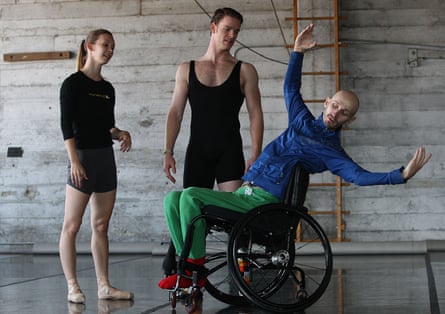
So Brew decided to make the most of his life in his friends’ honour. He felt “a huge lot of responsibility”, as the only survivor. “I now had to survive for them as well. No one told me that I had to do that, but I felt that. I still feel that.”
After three months in the South African hospital, Brew was allowed to travel back to Australia, where he spent a further four months in a residential rehabilitation centre. The flight was a “horrible, demeaning experience”, with other passengers peering up at him as he lay on a stretcher underneath the overhead luggage compartments.
He grew to dread public attention: after developing his motor skills and learning to use his wheelchair in the safety of rehab, Brew joined some of his fellow residents on an outing to a shopping mall. “Everyone stared at me because I was in this wheelchair and it was just horrible,” he says. “That took a lot to manage to deal with.”
At first, Brew found it hard to accept his physical limitations and the help he now required. “I was just naive and stubborn,” he says. “I didn’t want my nan to see me. I didn’t want family to see me. Because I was always the one making something of their life, you know, this country boy who moved to the city to be a dancer.”
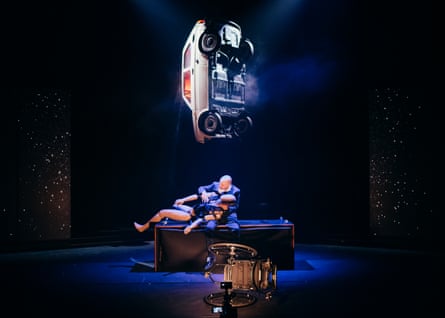
And now?“I was so exposed and didn’t want anyone to see me vulnerable like that,” he says. As he struggled to come to terms with the fact he needed assistance with basic tasks – such as the time he had to ask his mum to help him have a bath – “there were moments that were really, really low and dark,” he says.
Yet, throughout it all, “in my head, it was me”, Brew says. “I still felt like me: Marc the dancer.” Two years after leaving rehab, he began dancing again, having been put in touch with the disability activist and dancer Kitty Lunn by friends in the US. Lunn invited Brew to visit her in New York, where he went to ballet classes and “rediscovered dance again”.
The dance style he has since developed relies on incredible upper body strength and complete precision of movement. Colin Hambrook described Brew’s “flawless, virtuoso dance skills” in a review of Brew’s 2015 show For Now, I Am ... for Disability Arts Online. “Slight movements of the fingers, hands, arms, torso and head are redolent with intention,” the critic wrote.
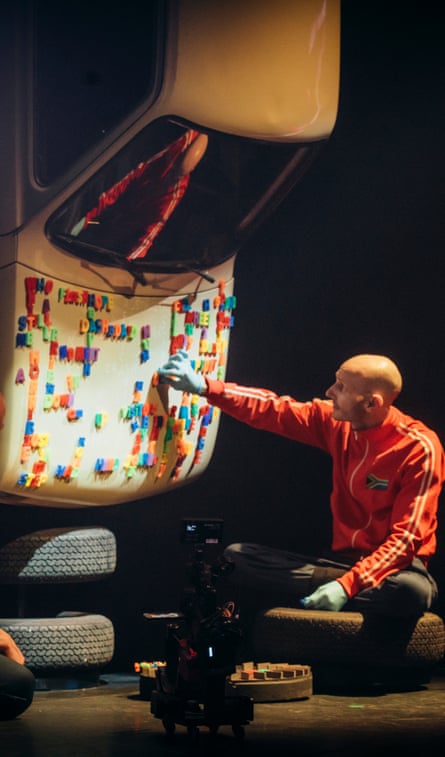
Sometimes, but not always, Brew incorporates a wheelchair into his work. His “biggest, most ambitious work to date” is his most recent project, An Accident/A Life, a collaboration with choreographer Sidi Larbi Cherkaoui that tells the story of the car crash.
For most of the performance, he is on the floor, creating shapes with his upper body and lifting himself using his arms to move around the stage, only introducing a wheelchair in the final five minutes. “Navigating and moving from one scene to the next without having the support of a chair, that’s quite physically demanding,” Brew says – but it made the most sense for the story, given that, when the crash happened, he didn’t have a wheelchair. He was also interested in challenging audience’s perceptions of disabled artists: “It made me think about when the audience comes in, if someone doesn’t know me, or doesn’t know anything about this story and this work, what do they think when they first see me on stage?”
Brew never thought he would make a piece about the car crash, but the performance is “not just about the crash”, he says. “It’s about finding a life again.”
When he first returned to dancing after the accident, though, “I had to stop looking in the mirror because I’d get frustrated,” he says. “I wanted to just get up and show everyone how to move and how to dance like I used to and I couldn’t.” It took him a while to realise that “dance wasn’t about having beautiful legs, turnout, flexibility, how high you jumped. Dance is about expressing myself through movement, and I could still do that.” Though it was completely different from the career he had in mind previously – after spending a couple of years in South Africa, he had planned to move to the UK or the Netherlands to dance with Rambert or the Nederlands Dans Theater – new possibilities opened up to him.
Since the crash nearly 30 years ago, Brew has danced and choreographed all over the world, moving to London in 2003 to join Candoco, a dance company that includes disabled and non-disabled dancers. Now he has his own dance ensemble, the Marc Brew Company in Glasgow, where he lives with his partner, Matthew, and son Jedidiah, born via surrogacy two-and-a-half years ago. Jedidiah is “the light of our lives”, Brew says.
Since the accident, “my identity has shifted”, the dancer says. “I’m a gay man, I’m now a father – I identify in many different ways.” Brew has reached the point where he feels empowered by his disability. That’s not to say frustrations don’t still creep in: he still catches himself thinking, “I could just get up and just do it and it would be much easier.”
But when those thoughts come, he tells himself: “Marc, take a breath. You know you’ll find another way of doing it.” Being disabled has encouraged him to be more creative and adaptable. “Things don’t have to be the way you think,” he says.
Brew has never taken no for an answer: as a child, he stuck with his dance classes, despite being told he shouldn’t because he was a boy. Later, he met those telling him he couldn’t dance because he was disabled with the same determination. “How lucky am I?” he says. “I’m still able to do what I love to do, and dance and share and create and perform my work for other people, and to be an artist, even though I was told I couldn’t.”

 1 month ago
29
1 month ago
29
